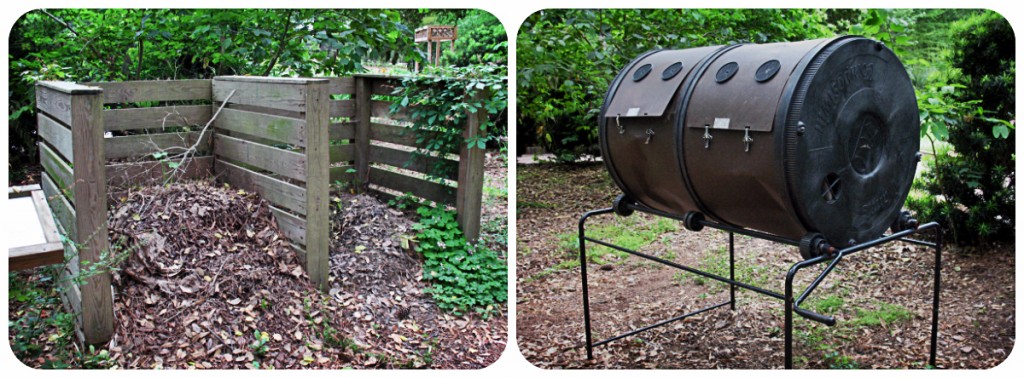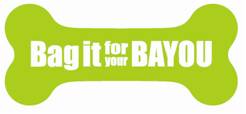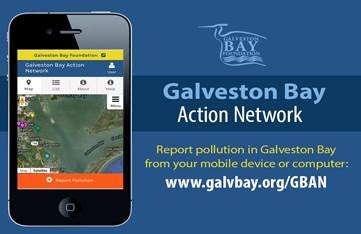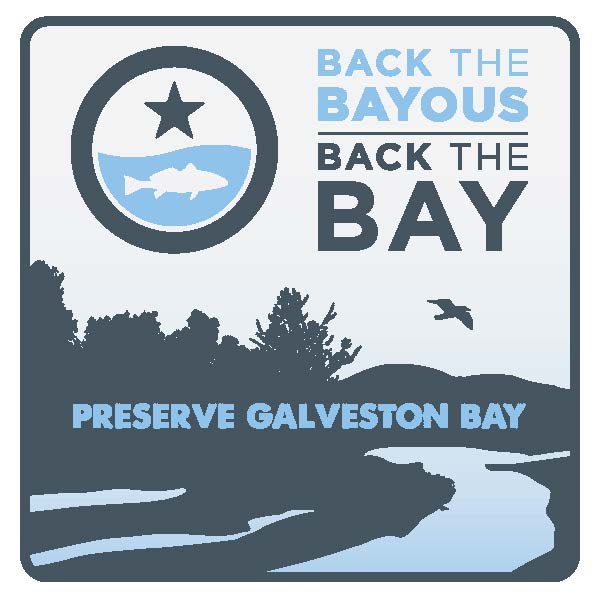These landscapes are planted with native and adapted non-invasive plants. These plants are well suited to our climate and soil conditions; therefore, they require less watering once they are established and do not need chemical fertilizers, pesticides or herbicides to thrive. WaterSmart landscapes can result in a 90% reduction in the amount of polluted runoff entering the storm drain system and an equal reduction in the volume of water used for irrigation. As an added feature, native plants attract wildlife such as birds and butterflies to our landscapes.
From sprinkler to storm drain, from bayou to bay, the water used to maintain your yard remains untreated. What you do to your lawn and what runs off your yard determines the health of Dickinson Bayou and Galveston Bay. If you think your contribution to water pollution is insignificant, add our runoff to that of your neighbors and combine that with the rest of your watershed. The result is stormwater runoff pollution, one of the main sources of water pollution for Dickinson Bayou.
A WaterSmart yard utilizes plants and practices that require less water plus little or no fertilizers and pesticides. With minimal grass cover and maximum use of native and adapted plants, the WaterSmart landscape is beautiful and easy to maintain and environmentally friendly. By converting your lawn one section at a time you can create a landscape that helps preserve the bay area and gradually reduces your maintenance time.
WaterSmart Landscapes Fact Sheet
Map of local WaterSmart Landscapes
Native plants
Certain varieties of plants are suited to the Upper Texas Gulf Coast Area and thus require less water and fewer fertilizers and pesticides. Many plants are native to this area and have been thriving here for centuries. Other non-native plants and heirloom varieties have been successfully adapted to the Gulf Coast.
Check out these lists of plants to use in the Dickinson Bayou Watershed:
Totally Tenacious and Texas Tough by Heidi Sheesley with TreeSearch Farms, Inc
Compost
Composting is an easy, free way to add nutrients to soil, improve soil structure and increase the moisture-holding ability of soil. Composting recycles organic material through controlled decomposition. Organic materials are grass and yard clippings, kitchen scraps (no animal products), wood shavings, cardboard and paper. As organic materials decompose they turn into a rich, dark humus material that improves all soil types.
Troubleshooting your compost pile
Low Volume Irrigation
Information coming soon!
Additional Resources
Texas Forest Service Tree Planting Guide







